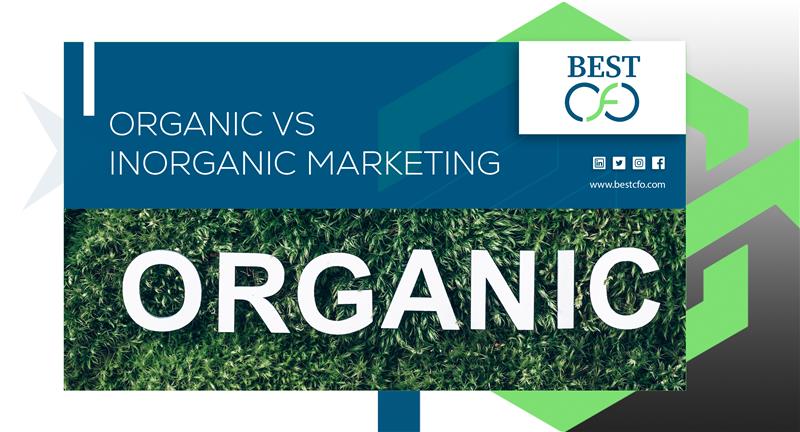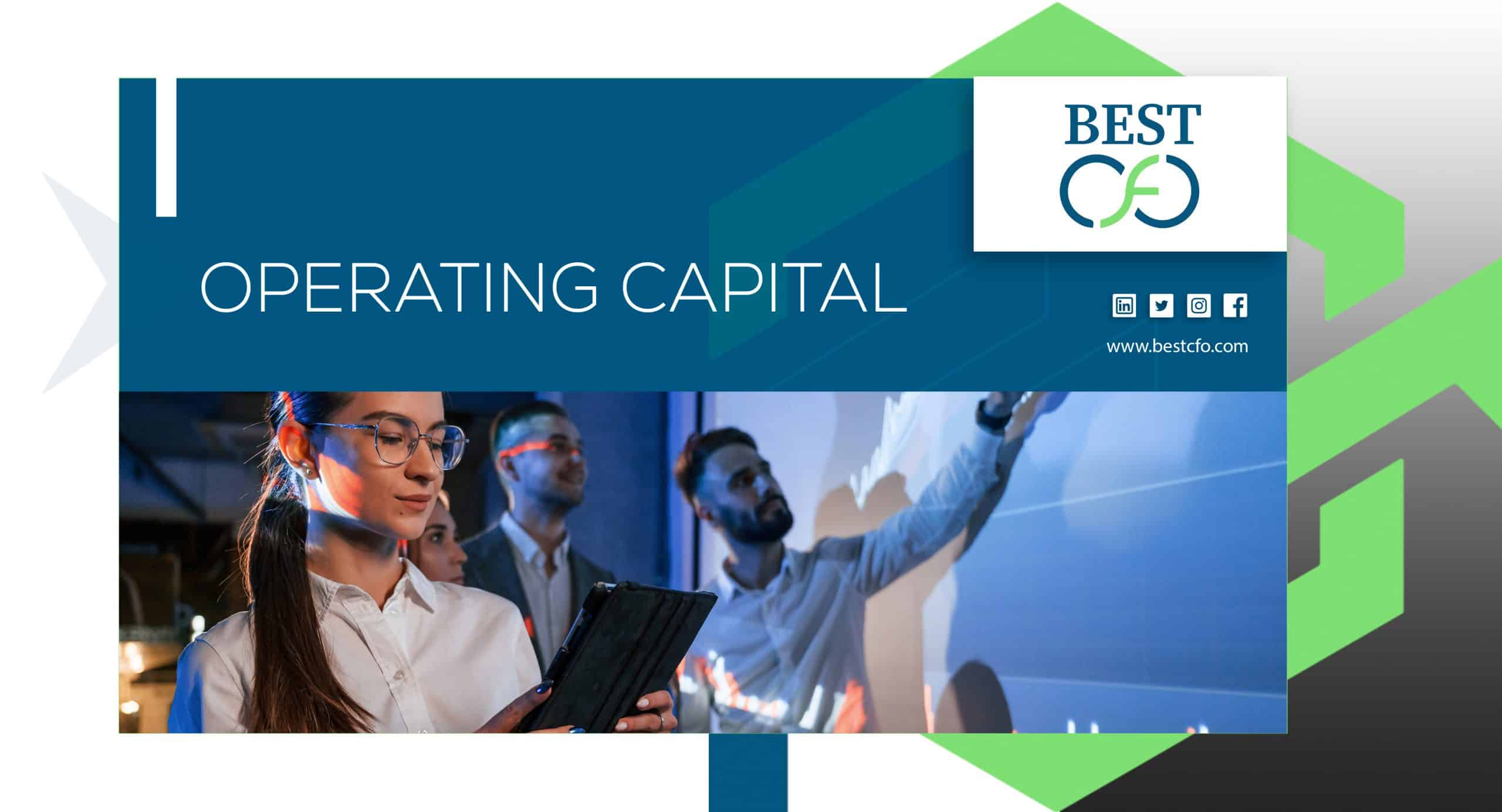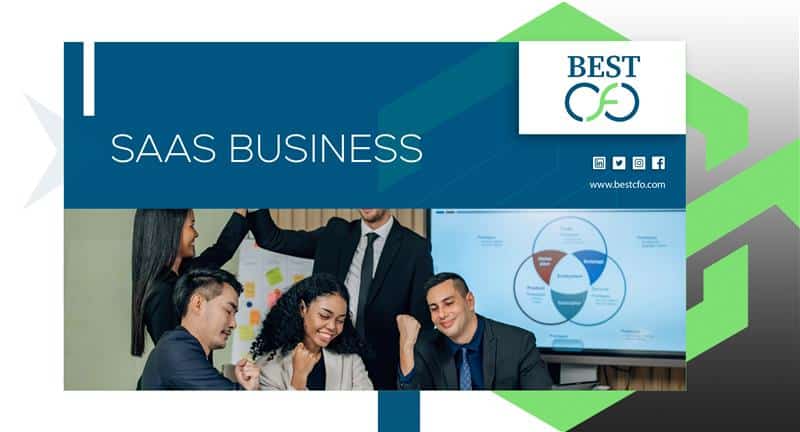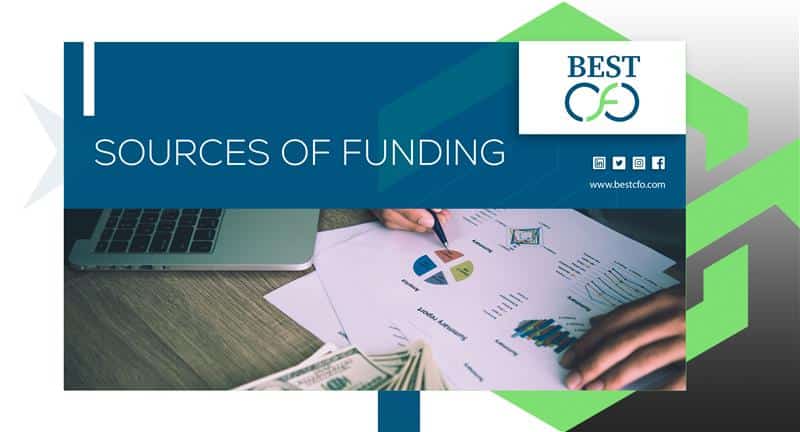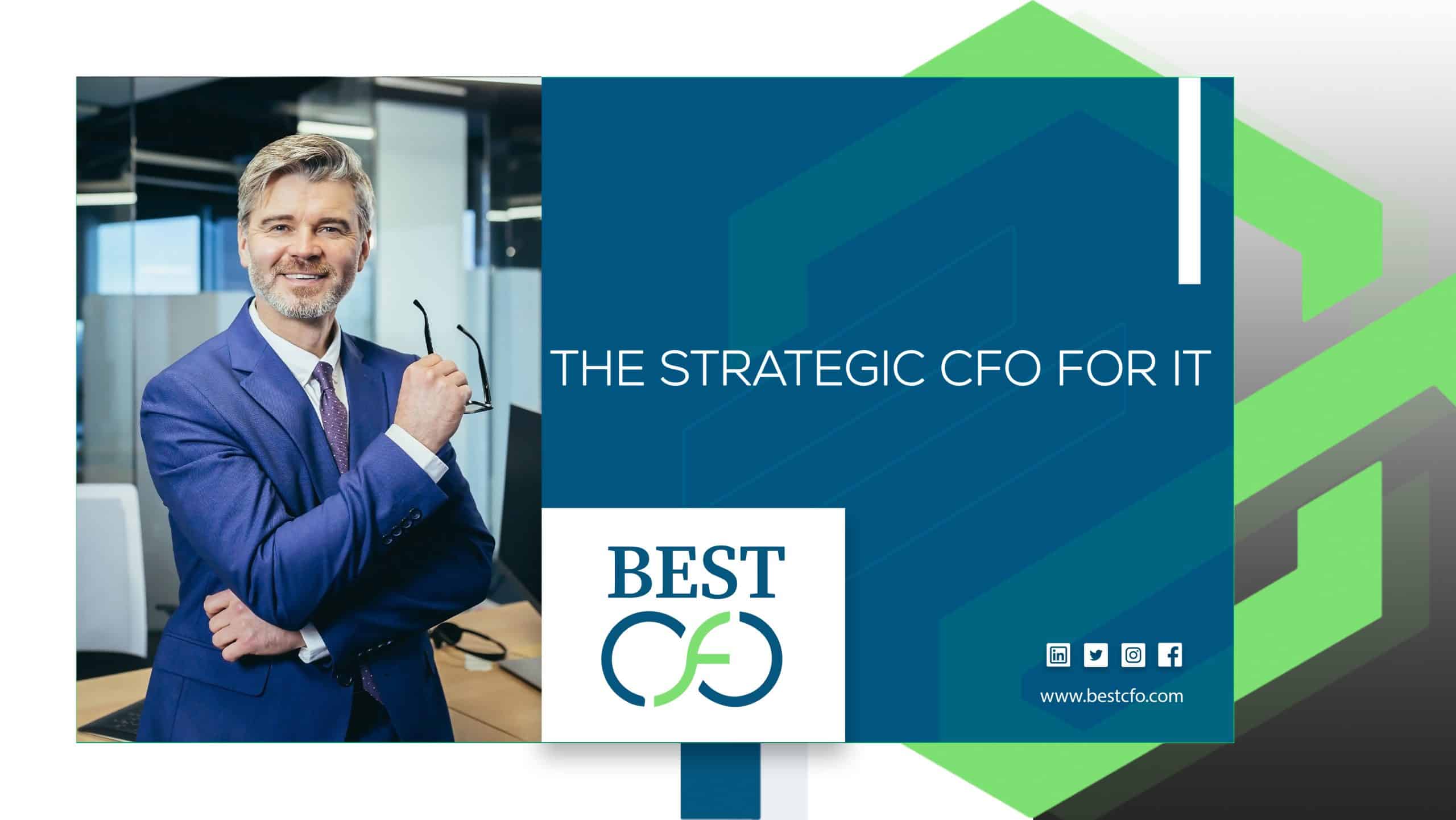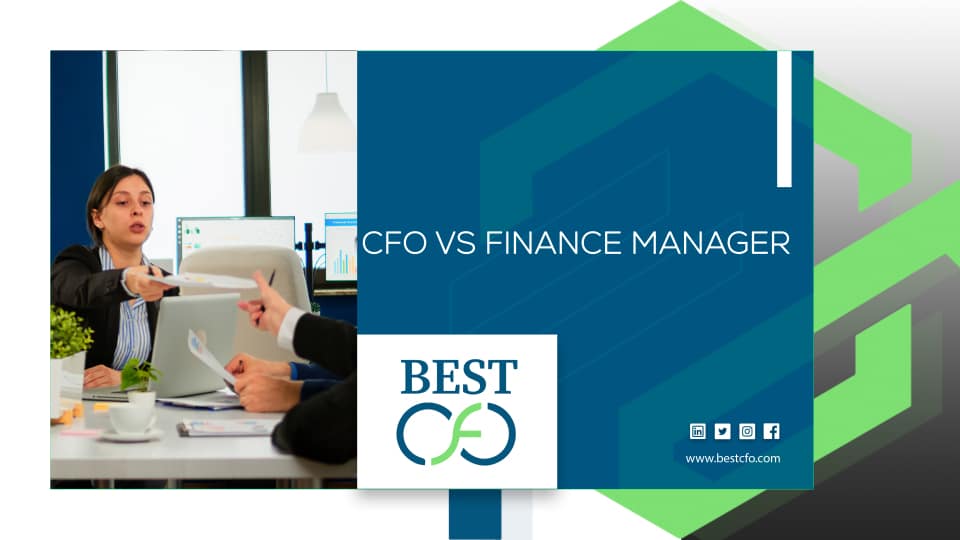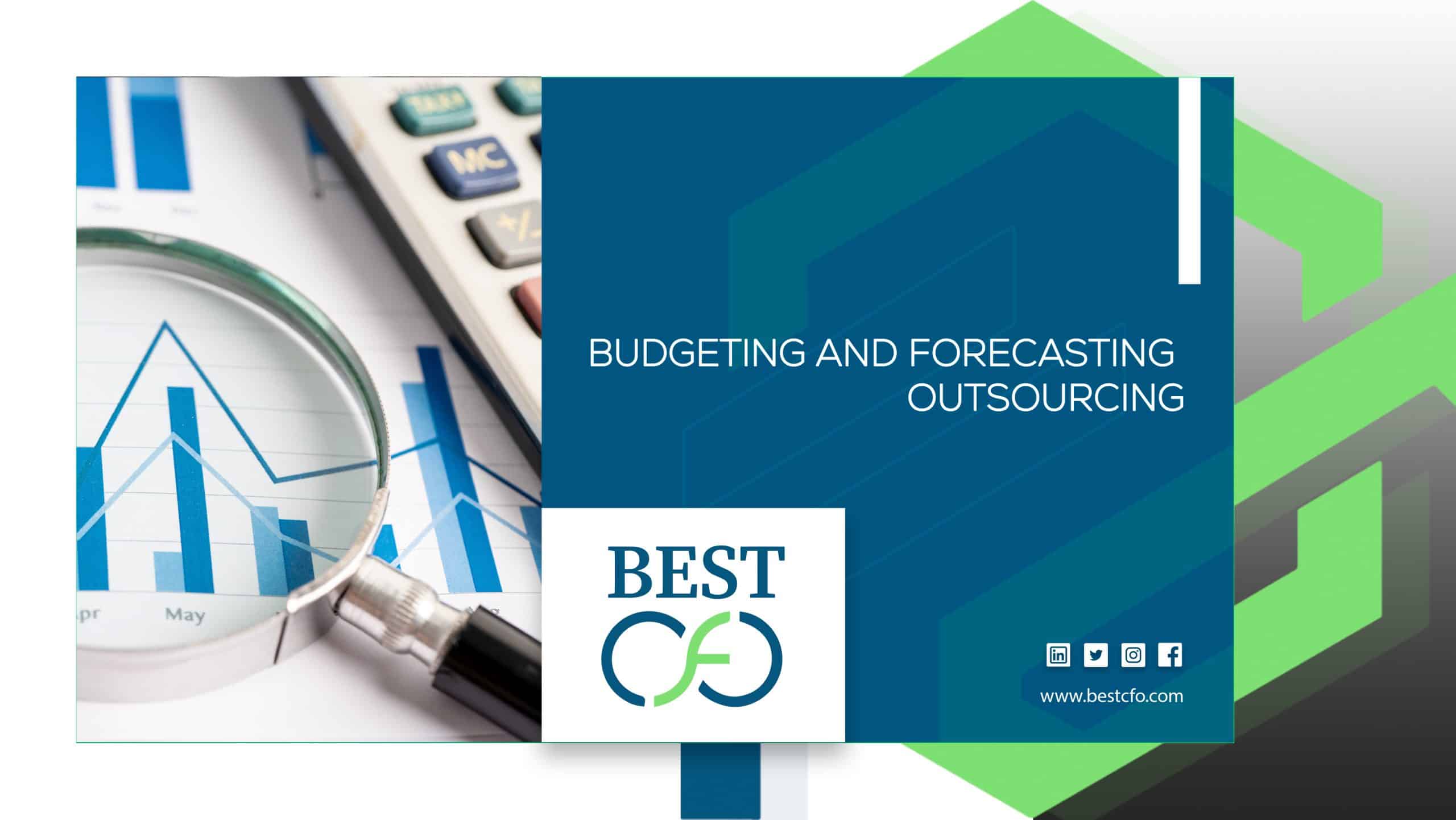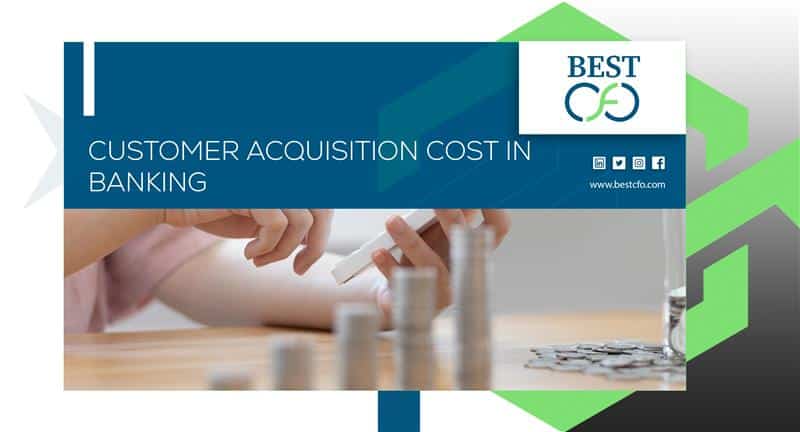
| Getting your Trinity Audio player ready... |
Breaking Down Customer Acquisition Cost in Banking: Trends & Strategies
Did you know that banks now spend between $300 to $500 just to get one new customer? That number has jumped by 20% in just the last five years! This rising Customer Acquisition Cost in Banking (CAC) has become a serious challenge, especially with the growing number of online banks and financial apps.
But what exactly is CAC, and why should banks—and you—care?
Customer Acquisition Cost is how much a bank spends on things like ads, sales, and technology to get someone to sign up. In banking, it’s a big deal because getting new customers isn’t cheap or easy. With rules to follow, trust to build, and tech to manage, those dollars add up fast.
In this blog, we’ll look at:
- What makes CAC so high in banking
- How trends like digital banking and fintech are changing the game
- Smart ways banks can bring CAC down
- Real examples of banks winning at this game
- What the future might look like
Understanding Customer Acquisition Cost in Banking
In simple terms, Customer Acquisition Cost (CAC) is the total amount a bank spends to get one new customer. The basic formula is:
CAC = Total Marketing & Sales Expenses ÷ Number of New Customers
So, if a bank spends $100,000 on ads, salaries, and tools and gains 500 new customers, the CAC is $200.
Why CAC Is Higher in Banking Than Other Industries
Banks face special hurdles that push CAC higher:
- Rules and Regulations: Banks must follow strict laws like KYC (Know Your Customer) and AML (Anti-Money Laundering), which require time and money.
- Trust Issues: People don’t switch banks easily. It takes time to build trust with new customers.
- Identity Checks: Verifying IDs, checking documents, and running fraud checks all cost money and slow things down.
What Makes Up Customer Acquisition Cost in Banking?
- Marketing Costs: Think Google ads, social media, influencer partnerships, and referral rewards.
- Sales Costs: Staff in branches and call centers who help close the deal.
- Tech Expenses: Onboarding apps, customer tracking tools (CRM), and digital forms.
- Compliance Costs: Security checks, fraud detection, and keeping customer info safe.
Current Trends Impacting Customer Acquisition Cost in Banking
Here are the current trends impacting customer acquisition cost in banking:
The Digital Shift and Expensive Ads
Banks are moving away from branches and going digital. While this helps reach more people, it also raises ad costs on platforms like Google and Facebook. Since everyone’s trying to grab the same attention, prices go up.
Fintechs and Neobanks Are Winning
Digital-only banks like Chime, Revolut, or N26 often have lower CAC. Why? They:
- Skip the branch costs
- Use referral programs
- Go viral through social media
- Offer sleek, mobile-first experiences
These tricks help them grow faster and cheaper than old-school banks.
Stricter Rules and Price Hikes
With new laws about online security and identity checks, onboarding is now more expensive. Add inflation—which raises ad rates and employee salaries—and it’s clear why CAC keeps rising.
Personalization Demands
Today’s customers want tailored offers. They expect banks to “know” them and make smart suggestions. To meet this, banks use AI and data tools, which cost money—but can also cut waste and boost results.
How Banks Can Optimize CAC
The following are the ways to optimize customer acquisition cost in banking:
Improving Marketing Efficiency
- Use Data & AI Wisely: Instead of targeting everyone, banks can use predictive analytics to find people most likely to join. Tools like chatbots also keep visitors engaged without human help.
- Referral and Loyalty Programs: Happy customers are your best marketers. Offering rewards for referrals can cut CAC by up to 30%. For example, one bank used a simple referral app and saw signups skyrocket—without spending extra on ads.
- Content and SEO Strategies: Rather than paying for every click, banks can invest in helpful content—blogs, guides, and money tips—to attract people over time. Good SEO helps people find them on Google, for free.
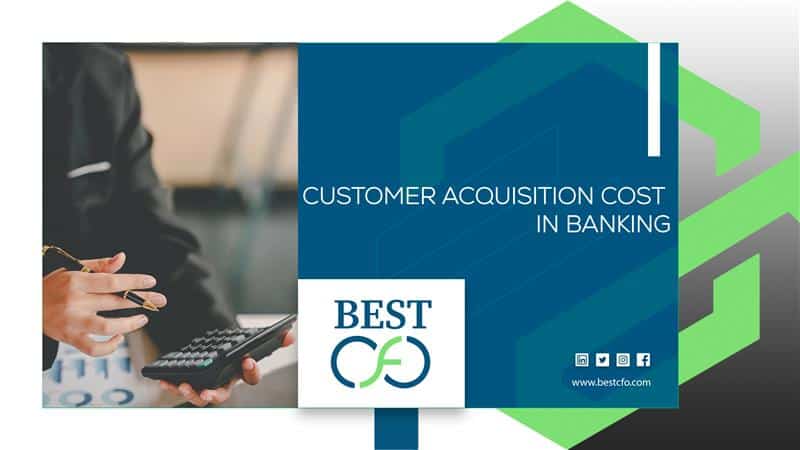
Smoother Onboarding Experience
- Fast, Digital Onboarding: New tech like eKYC and biometric signups means customers can open accounts in minutes—no papers, no waiting.
- Cut the Drop-Off: Complicated forms and long waits cause people to leave halfway. Fix this with:
- Shorter forms
- Auto-filled fields
- Mobile-friendly design
- Work with Others: Banks can partner with stores, apps, or even ride-share companies. Think co-branded cards or Banking-as-a-Service (BaaS) models where banking is built into another product.
Keep Measuring and Improving
- LTV:CAC Ratio: This measures how much a customer is worth vs. what it cost to get them. A 3:1 ratio is healthy—meaning you earn $3 for every $1 spent to get that customer.
Know What’s Working
Track where your best customers come from: Instagram? Google? Word of mouth? Spend more where it works.
Test Everything
Try different versions of landing pages, emails, and offers. Even a small change in color or wording can boost signups.
Case Studies: Banks Winning the CAC Game
Here are some case case studies to win customer acquisition cost in banking:
Neobank Success: Chime
Chime uses fun ads, strong social proof, and easy mobile sign-ups. Their referral program and no-fee model helped them grow fast while keeping CAC low.
Traditional Bank Example: Chase
Chase balances online ads with strong branch presence. Their app is smooth, and they offer sign-up bonuses that work well. This mix of old and new helps them stay competitive.
Regional Bank Win: Targeted Focus
A small bank in Texas focused only on young entrepreneurs. They offered tools like tax calculators, startup loans, and community events. Their clear message helped them cut CAC and grow fast in a tight group.
Future Outlook: Where Customer Acquisition Cost in Banking is Headed
The following are some future outlook of where customer acquisition cost in banking headed:
AI and Automation
Banks will use more smart tools to find and sign up the right people. AI can write emails, show ads, and suggest offers—saving time and money.
Open Banking and Data Sharing
With customer permission, banks can access more data through open banking. This helps them create better, faster offers that fit people’s real needs.
Crypto and DeFi Challenges
Digital money tools like DeFi (Decentralized Finance) are shaking things up. They don’t need branches or middlemen, which means their CAC is often super low.
Ethical and Green Banking
Banks that care about the planet or social good are pulling in younger users without big ad spends. These people like to support causes—and spread the word for free.
Conclusion
The Customer Acquisition Cost in Banking is rising fast, but with the right moves, banks can still grow without breaking the bank. By using smarter tools, fixing their sign-up process, and offering real value, banks can keep costs low and customers happy.
As the market shifts, banks that adapt will win. From referral rewards to AI-powered offers, the possibilities are endless. And if you’re a decision-maker or financial leader looking to guide your team, Expert’s at Best CFO can help you track performance and budget smarter every step of the way.
FAQs
1: What is Customer Acquisition Cost in Banking?
It’s the total cost a bank pays to bring in one new customer. This includes marketing, sales, tech, and onboarding expenses.
2: Why is CAC so high for banks?
Because banks deal with strict rules, high trust barriers, and costly identity checks.
3: How do digital banks keep CAC low?
They avoid physical branches, use social media, and offer fast sign-ups to cut costs.
4: What is a good LTV to CAC ratio?
3:1 ratio means you’re earning $3 for every $1 you spend to acquire a customer—this is considered healthy.
5: Can smaller banks compete with big ones on CAC?
Yes! By focusing on a niche group and using smart tools, smaller banks can attract customers efficiently.
Related Posts
Organic vs Inorganic Marketing: Pros, Cons, and Best Use Cases
Organic vs Inorganic Marketing: Pros, Cons, and Best Use Cases When it comes to growing…
What Is Operating Capital and Why Is It Important?
What Is Operating Capital and Why Is It Important? Are you ready to dive into…
How to Scale a SaaS Business Without Losing Your Customers?
What Are the 5 Sources of Funding? So, you’ve got the dream. The vision. The…
What Are the 5 Sources of Funding?
What Are the 5 Sources of Funding? So, you’ve got the dream. The vision. The…
 Demos
Demos  Colors
Colors  Docs
Docs  Support
Support 



